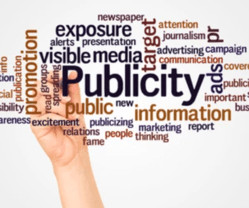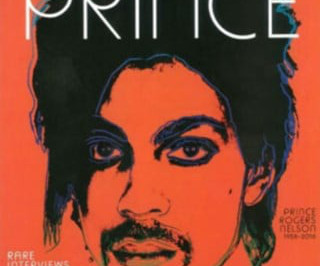Artists Attack AI: Why The New Lawsuit Goes Too Far
Copyright Lately
JANUARY 23, 2023
Instead, the lawsuit is premised upon a much more sweeping and bold assertion—namely that every image that’s output by these AI tools is necessarily an unlawful and infringing “derivative work” based on the billions of copyrighted images used to train the models. The Copyright Act Definition is Broad, But.















Let's personalize your content